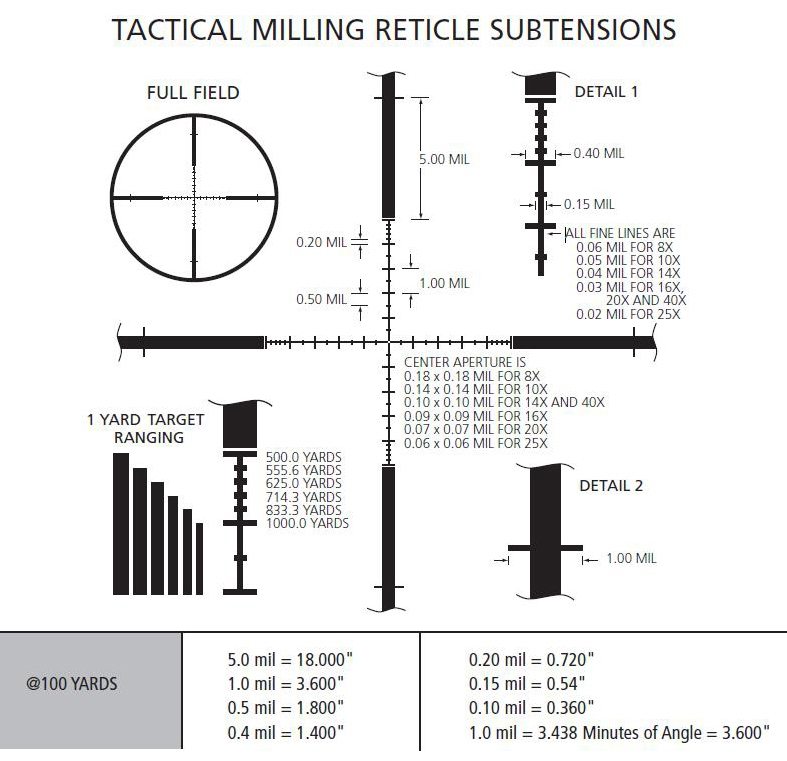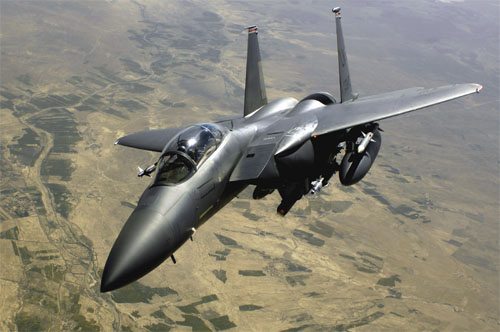,
On Nov. 9, Mainland Affairs Council Director Joseph Wu revealed that China now has more than 900 missiles targeted against Taiwan. Could the People's Liberation Army top this threat? Yes, and it is doing so: An imminent deployment of thousands more highly accurate precision guided bombs by its air forces.
Since the 1995 demonstration firing of Dongfeng-15 short range ballistic missiles (SRBMs) north of Taiwan, and the 1996 firings to locations off Keelung and Kaohsiung ports, the PLA's capacity to terrorize Taiwan has been conceptualized mainly in terms of missiles. In the last two years the PLA's Second Artillery has started deploying Land Attack Cruise Missiles (LACMs) along with its 800 Dongfeng-15 and Dongfeng-11 Mod 1 SRBMs.
Ballistic missiles have been made increasingly accurate, but due to their lower speed and use of satellite navigation systems, LACMs are even more accurate, able to target the specific floor of a building. The more recent employment of non-nuclear electromagnetic pulse (EMP) warheads allows the PLA missiles to more broadly target Taiwan's military and civilian electronic infrastructure.
However, though the PLA missile arsenal is able to deliver terror, shock and a fair amount of damage, it also has its limits. Once fired missiles cannot be used again. Also, without satellite navigation signal guidance, missiles are not capable of the intimate precision needed to provide high assurance of target destruction. The PLA may have to use multiple missiles to achieve this assurance, meaning fewer missiles for other pressing targets. Furthermore, missiles are expensive.









